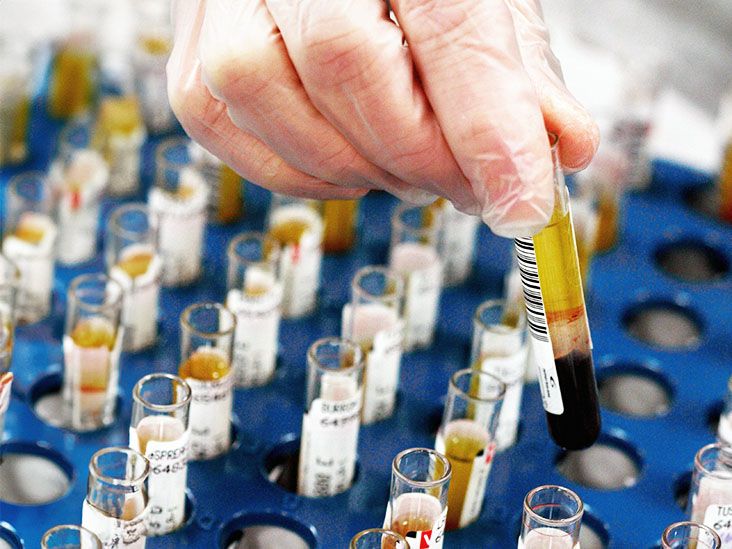Understanding Postural Orthostatic Tachycardia Syndrome (POTS)
Postural orthostatic tachycardia syndrome (POTS) is a complex condition characterized by an abnormal increase in heart rate when standing up. On National POTS Awareness Day, let's take a closer look at the symptoms, causes, diagnosis, and treatments for this challenging disorder.
Defining POTS
POTS falls under the category of orthostatic intolerance conditions that cause symptoms when standing upright. In POTS, an excessive increase in heart rate occurs without associated low blood pressure.
Specifically, a POTS diagnosis requires:
- A sustained heart rate increase of 30 beats per minute (bpm) or more within 10 minutes of standing or head-up tilt testing.
- Absence of orthostatic hypotension - defined as a drop in blood pressure of at least 20/10 mm Hg.
- Symptoms lasting at least 6 months that impair daily activities and quality of life.
The hallmark rapid heart rate, also known as tachycardia, develops as a compensation to improve blood flow to the brain upon standing.
Common Symptoms
Since blood is not efficiently reaching the upper body and brain when upright, POTS can cause an array of symptoms including:
- Lightheadedness, dizziness, fainting
- Palpitations
- Fatigue and weakness
- Chest pain
- Shortness of breath
- Shakiness or tremors
- Headache
- Brain fog, memory issues, and difficulty concentrating
- Blurry vision
- Nausea
- Rapid changes in blood pressure and temperature
- Insomnia and sleep disturbances
- Anxiety
Symptoms are often worse after eating meals, physical activity, heat exposure, menstruation, illness, and stress. Lying back down typically relieves symptoms.
What Causes POTS?
Doctors do not know the exact physiological mechanisms behind POTS, but factors can include:
- Autonomic dysfunction - Problems with the autonomic nerves controlling blood vessels and heart rate.
- Deconditioning - Becoming physically deconditioned over time from inactivity.
- Low blood volume - Reduced blood volume and venous pooling in the limbs.
- Autoantibodies - Autoantibodies interfering with autonomic receptors and proteins.
POTS frequently begins after pregnancy, major surgery, trauma, or a viral illness. It also has genetic links and is more common in women.
How POTS Is Diagnosed
Since POTS symptoms mimic other conditions, doctors use various tests to confirm a diagnosis:
- Tilt table test - Measures heart rate and blood pressure lying down and then tilted upright at 60-80 degrees.
- Poor man's tilt test - Heart rate and blood pressure are taken lying down, then immediately upon standing.
- Heart monitor - A 24-48 hour Holter monitor documents heart rhythms during activities.
- Echocardiogram - An ultrasound of the heart to rule out structural abnormalities.
- QSART - QSART testing evaluates autonomic nerve function by measuring sweat output.
Blood tests help exclude conditions like anemia and thyroid disorders. Your doctor will also review your medical history, family history, and symptoms.
POTS Treatment Options
Since there is no cure for POTS itself, treatment focuses on managing symptoms. Options include:
- Increasing fluid and salt intake - Drinking two to three liters of fluids with at least 10 grams of added salt can improve blood volume and symptoms.
- Compression garments - Waist-high compression stockings or tights improve venous blood return.
- Medications - Drugs like beta blockers, pyridostigmine, fludrocortisone, and desmopressin can help treat different symptoms.
- Exercise training - Physical therapy utilizes reclining exercise, rowing, swimming, and recumbent biking to rebuild conditioning without orthostatic stress.
Severe POTS cases may benefit from intravenous saline infusions to quickly increase fluid volume. Surgery is rarely needed but can be considered if extreme blood pooling in the legs is present.
Living with POTS
Making appropriate lifestyle adjustments helps POTS patients manage their condition and improve daily functioning:
- Increase fluid and salt intake.
- Wear compression stockings.
- Exercise regularly at an appropriate level.
- Raise the head of your bed and sleep with legs slightly elevated.
- Take cooler showers to avoid blood vessel dilation.
- Eat smaller, more frequent meals.
- Avoid alcohol, large meals, and prolonged standing.
- Use mobility aids as needed.
- Learn techniques to manage stress and anxiety.
Joining a support group provides community and valuable coping strategies. Occupational therapy can also teach techniques to conserve energy and optimize functioning.
Raising POTS Awareness
POTS is estimated to impact between 1-3 million Americans, the majority being women aged 15 to 50. However, lack of awareness leads to frequent misdiagnoses and inadequate treatment.
Observing National Dysautonomia Awareness Month and National POTS Awareness Day provides opportunities to share information that can help patients get diagnosed sooner and receive appropriate care.
If you suspect you may have symptoms of POTS, keep a journal documenting your experiences and make an appointment with your doctor. Orthostatic vitals measuring lying/standing heart rate and blood pressure can indicate if POTS testing is warranted. Don't give up until you get answers.
With proper treatment, many individuals with POTS can substantially improve their symptoms and quality of life. Increasing public knowledge about this complex syndrome is key to helping patients on the road to better health.
FAQs
What are the most common symptoms of POTS?
The hallmark POTS symptom is an excessive increase in heart rate upon standing. Other common symptoms include dizziness, lightheadedness, palpitations, fatigue, brain fog, headache, nausea, anxiety, tremors, blurry vision, chest pain, and insomnia.
What causes POTS?
The exact physiological causes are unknown but may involve autonomic dysfunction, deconditioning, low blood volume, autoantibodies, pregnancy, surgery, trauma, or a viral illness. POTS frequently runs in families.
How is POTS diagnosed?
Doctors use tilt table testing, heart monitors, blood pressure/heart rate standing tests, echocardiograms, QSART testing, and blood tests to diagnose POTS based on diagnostic criteria.
What are the treatment options for POTS?
Increasing fluid and salt intake, compression garments, medications like beta blockers, physical therapy, IV saline, and appropriate lifestyle adjustments help manage POTS symptoms.
What can raise awareness of POTS?
Sharing information, obtaining faster diagnosis, joining support groups, advocacy events during Dysautonomia and POTS Awareness Months, and funding research are key to increasing POTS awareness.
Disclaimer: This article is for informational purposes only and does not constitute medical advice. Always consult with a healthcare professional before starting any new treatment regimen.



























Add Comment